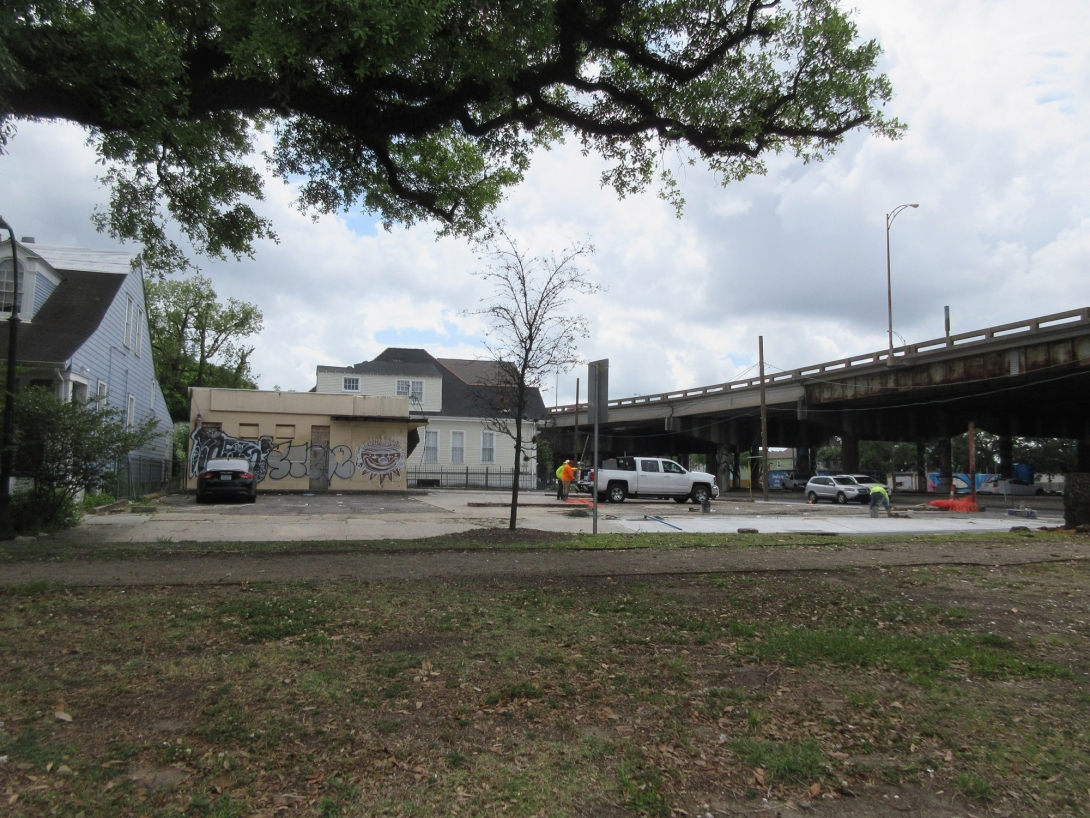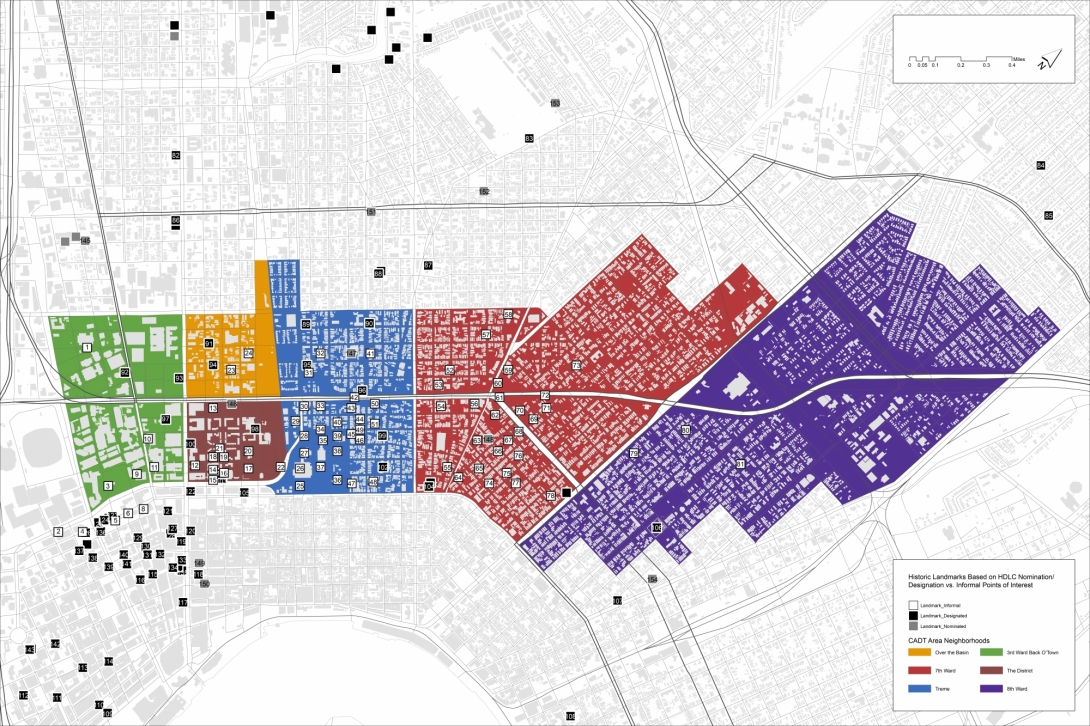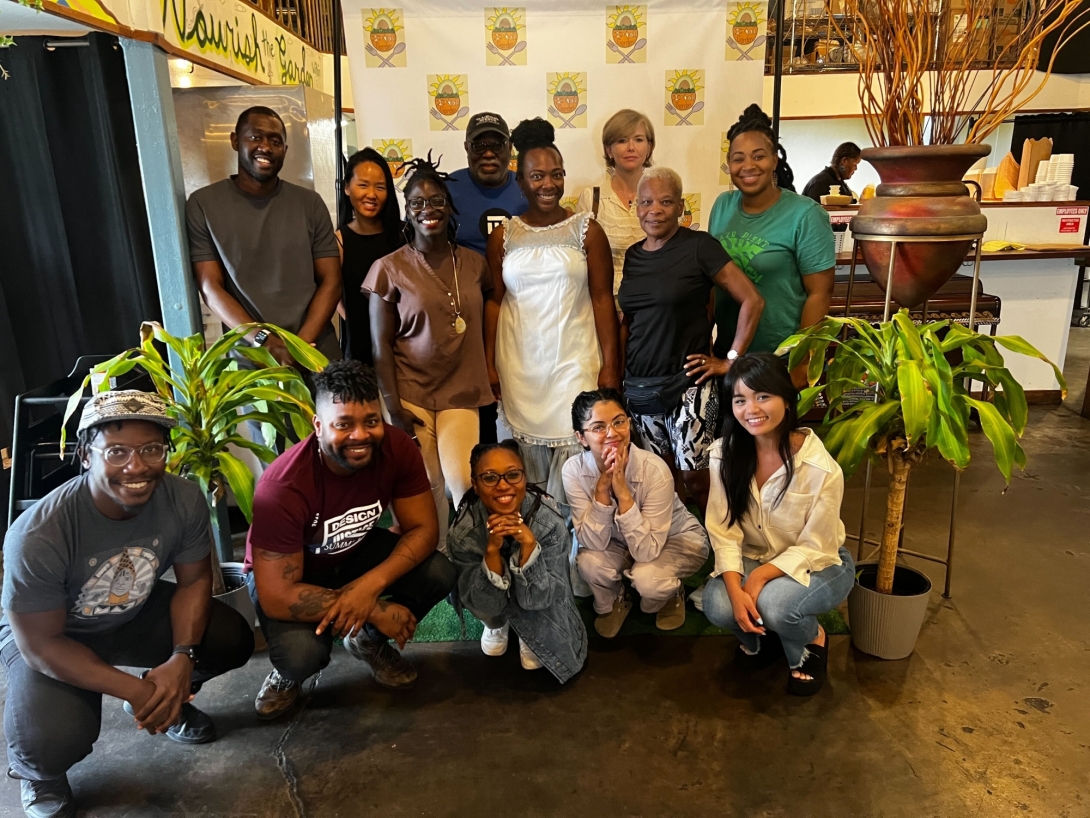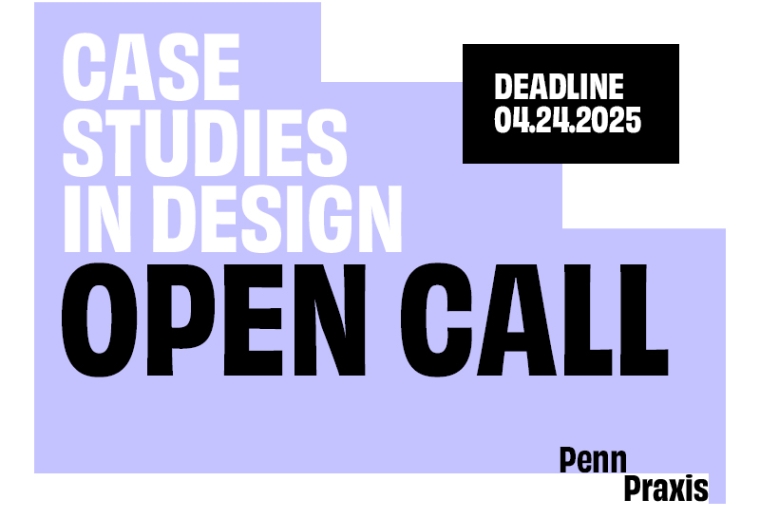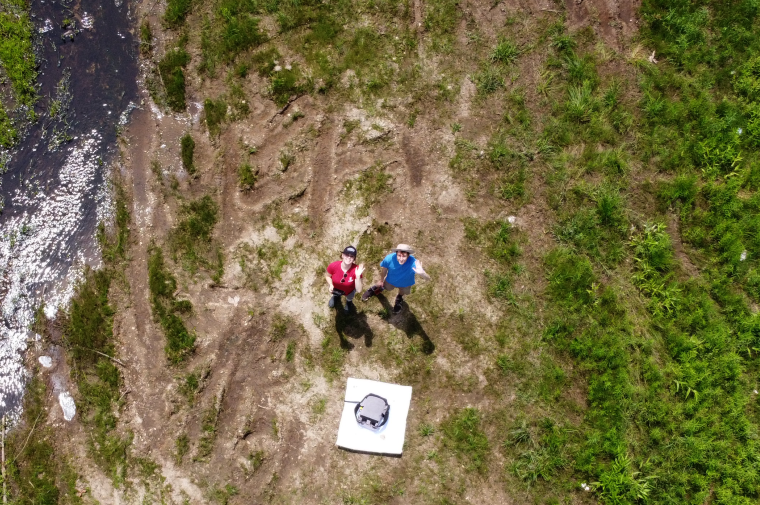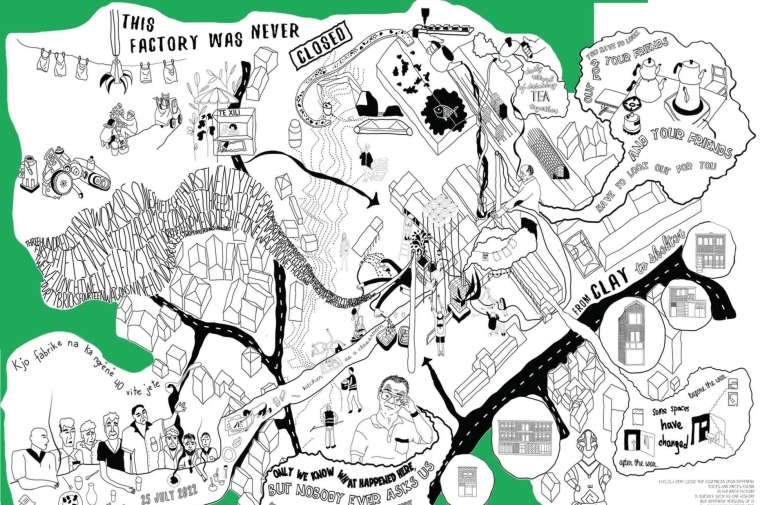September 28, 2023
PennPraxis Design Fellows Help Reimagine New Orleans Highway Corridor
By Jared Brey
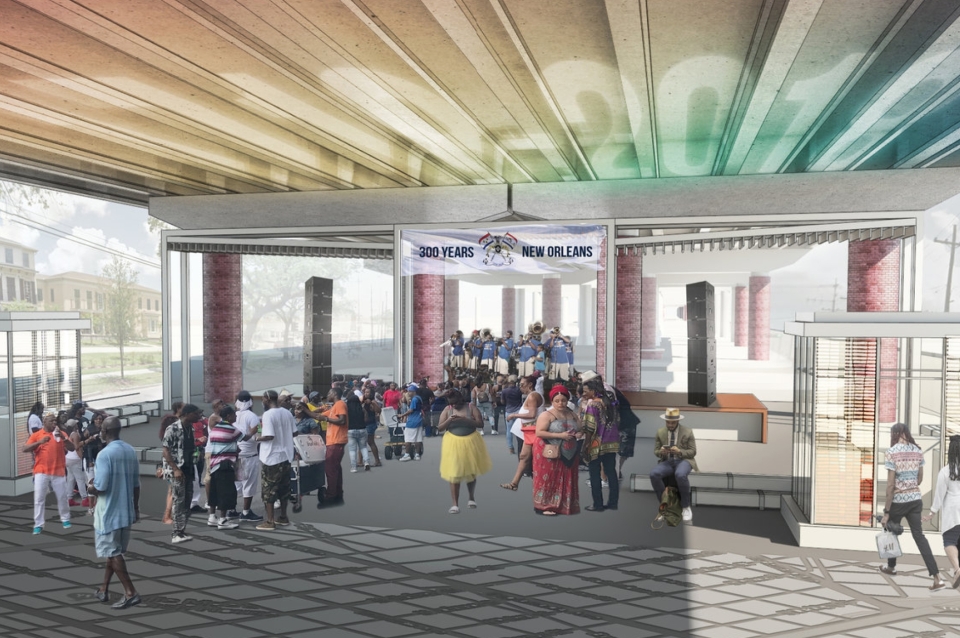
Early concepts for the Claiborne Avenue corridor include green infrastructure, market spaces, arts and craft vendors, educational space and social services, but Revelo stresses that the eventual interventions will be fully articulated by community members. (Image courtesy Colloqate)
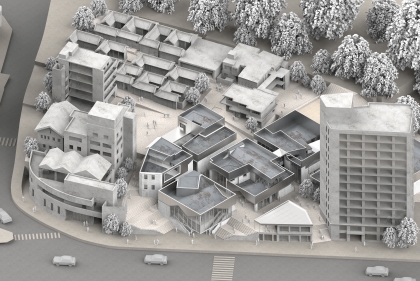
 Expand Image
Expand Image

